Twenty Years of Nèijīng Research: What Has Been Learned? Part 3. Nèijīng Nature-Based Medicine — The Clinical Method
By Dr. Edward Neal, MD
First published in Journal of Chinese Medicine
Issue 125 (February 2021)
By the 1980s, a majority of early Chinese texts had been placed on computer databases. This undertaking allowed new, potentially paradigm-shifting, approaches to classical text research. While the full potential of this research has yet to be realised, information discovered to date significantly alters our picture of the early practices and theories of Chinese medicine and presents a wide-ranging collection of new research and clinical opportunities to be explored. This information has the potential to change the way Chinese medicine is understood, taught and practised in significant ways. As such, it affirms the profession by providing new challenges and opportunities and at the same time presents unique challenges by requiring the reevaluation of core concepts. Part one of this article reviews work done over the past 20 years on the Huángdì nèijīng and presents some of the findings discovered using these research approaches. Part two will review the clinical methods that have been developed from this research.

